DIY Herbal Bug Spray Without Essential Oils
Summer is nearly here, and with it comes the inevitable annoyance of pesky mosquitoes and other insects hindering the fun at backyard barbecues and forest hikes. While commercial bug sprays can be effective in keeping bugs at bay, many contain harsh chemicals that some people may wish to avoid (Hi, It’s Me). Fortunately, there are plenty of natural alternatives, including homemade bug repellent.
Making your own DIY bug spray can be a cost-effective and safe way to protect yourself from mosquito bites without the use of harsh chemicals. In this post, I will share a recipe for a natural, herbal-infused witch hazel extract bug spray that you can make at home for use during those warm weather months.
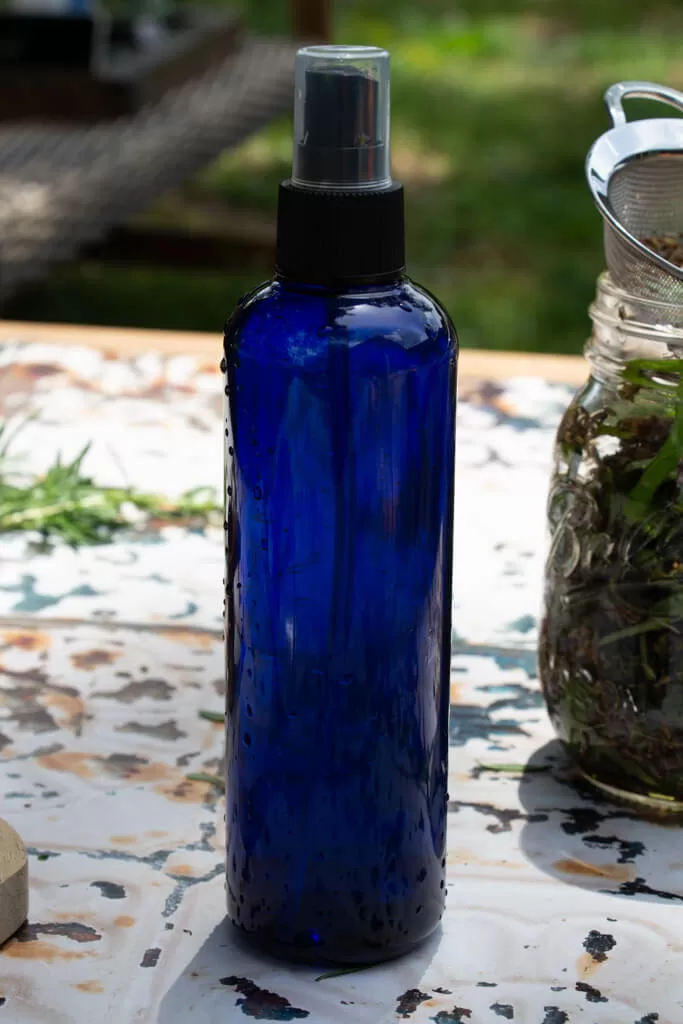
Note: This homemade mosquito repellent is specifically formulated to deter mosquitos. It may also deter black flies. To deter other bugs, check out this information from Almanac.com on specific deterrents for different bugs.
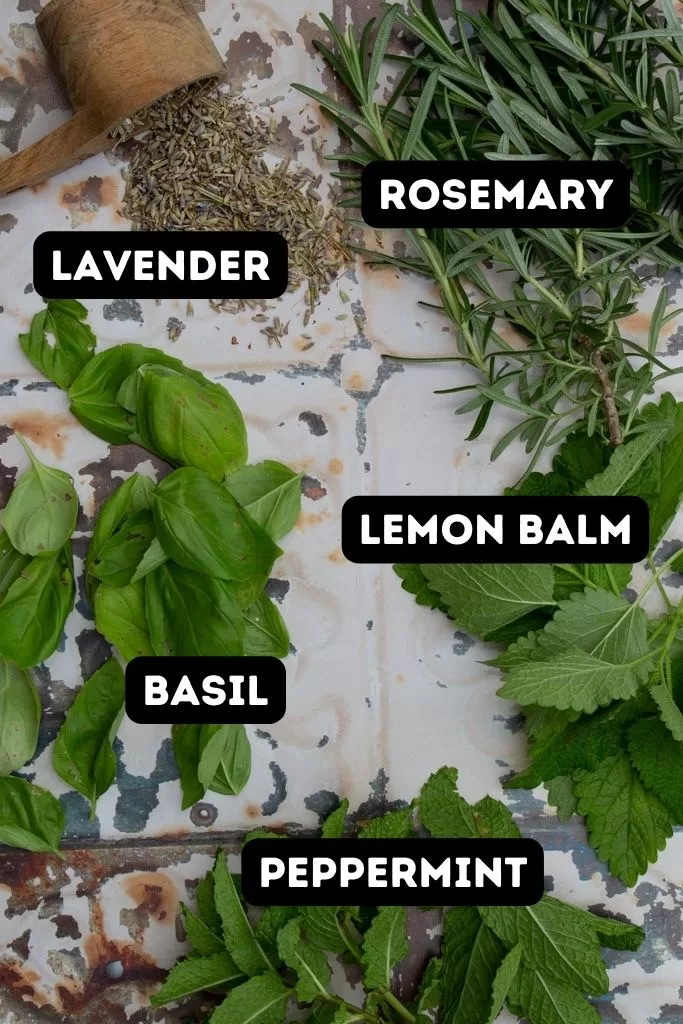
Herbal Bug Spray Recipe
As an Amazon Associate, I earn from qualifying purchases. Please visit my privacy + disclosure page for more details.
Ingredients:
- 1/4 cup basil
- 1/4 cup lemon balm
- 1/4 cup peppermint
- 1/4 cup rosemary
- 1/4 cup lavender
- 2 cups witch hazel extract
Optional Herbs: Citronella, yarrow, clove, lemongrass, catnip
Using Fresh vs. Dried Herbs
This recipe is best with fresh herbs from your garden, but that is not always possible! You can see here, I had to use dried lavender. If you prefer, you can use herbs you already dried at home, or purchase dried herbs. My favorite place to purchase dried herbs online is Starwest Botanicals.
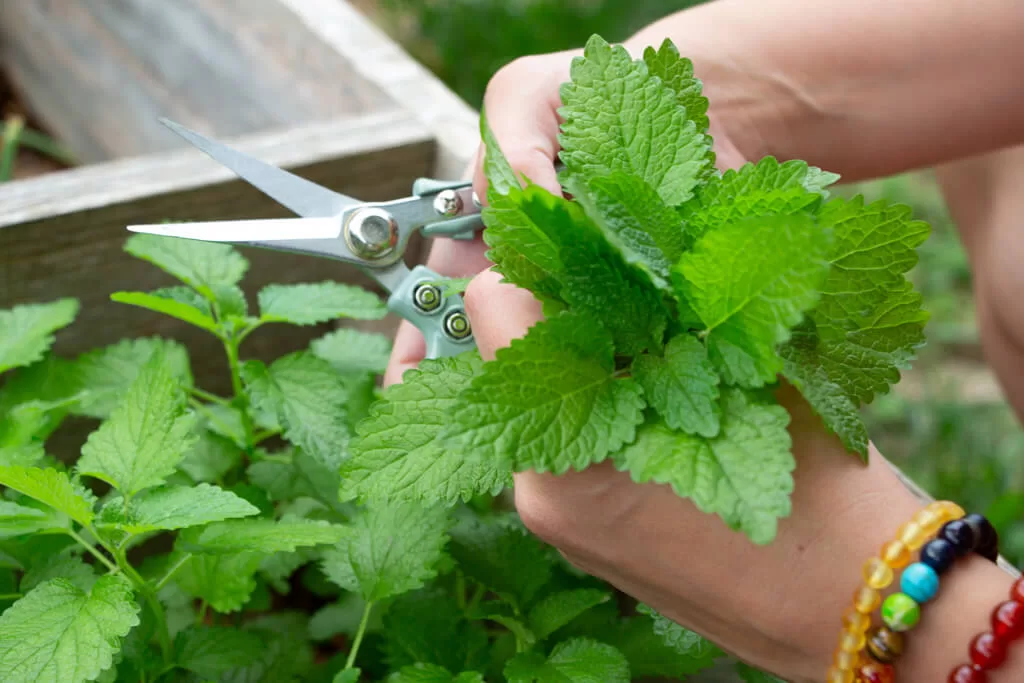
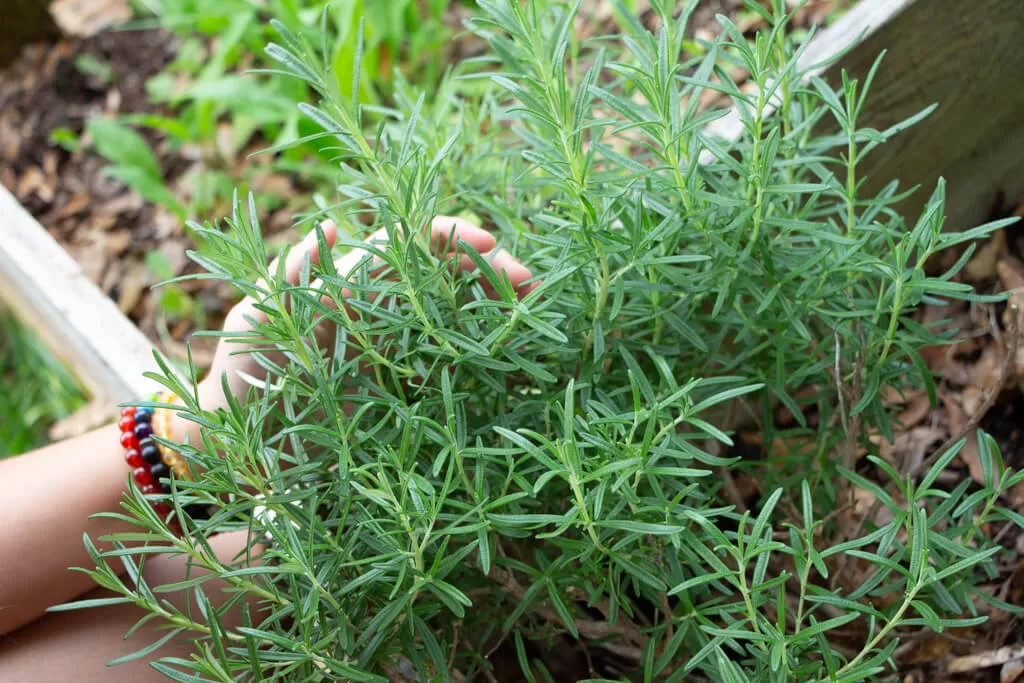
Citronella is likely the best option for this recipe, but I simply did not have it on hand. I wanted to create something that was easy to make with more common household plants.
A note on essential oils:
Essential oils can be a great addition to a homemade bug spray recipe, as many have natural insect-repelling properties. However, some essential oils can be very potent and may cause skin irritation or other adverse effects if not properly diluted. Additionally, essential oils can be expensive and are often not sustainable, as you need to harvest a large amount of the given plant in order to make 1 ounce of essential oil. I am choosing to no longer purchase essential oils for my own home, but, you do you!
Supplies:
- Measuring cup
- Fine mesh strainer or cheesecloth
- Funnel (optional)
- Plastic or Glass Spray bottle (8-10 oz spray bottle is best). I chose these pretty blue plastic spray bottles so they do not break with outside use.
- Cutting board and knife (if using fresh herbs)
- Glass jar (I prefer a mason jar)
Instructions:
- If using fresh herbs, finely chop.
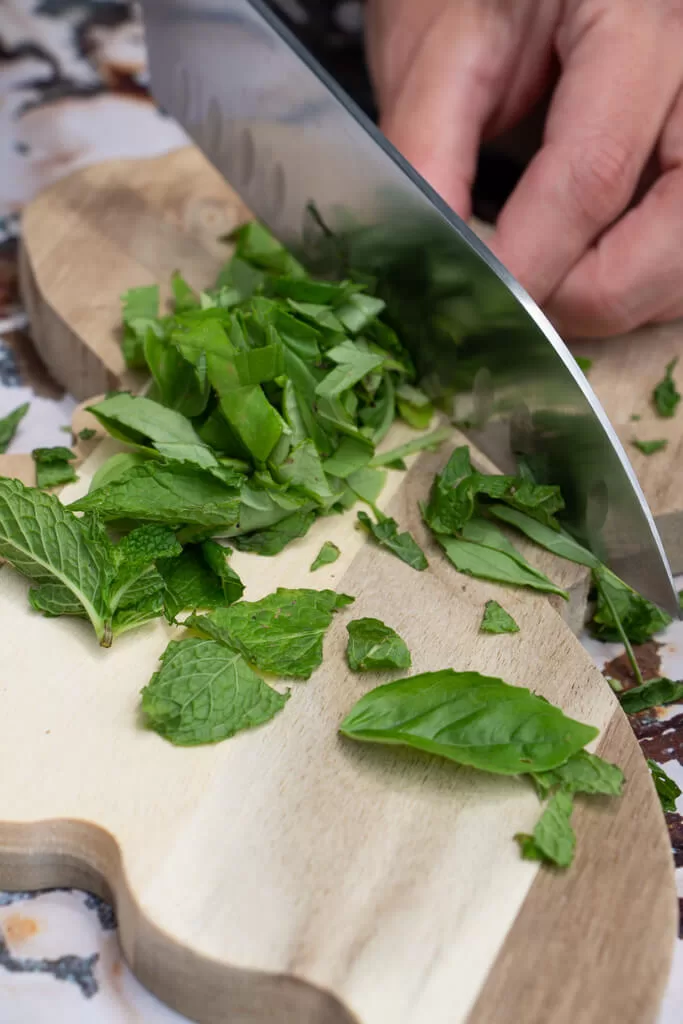

2. Pack the herbs into a mason jar.


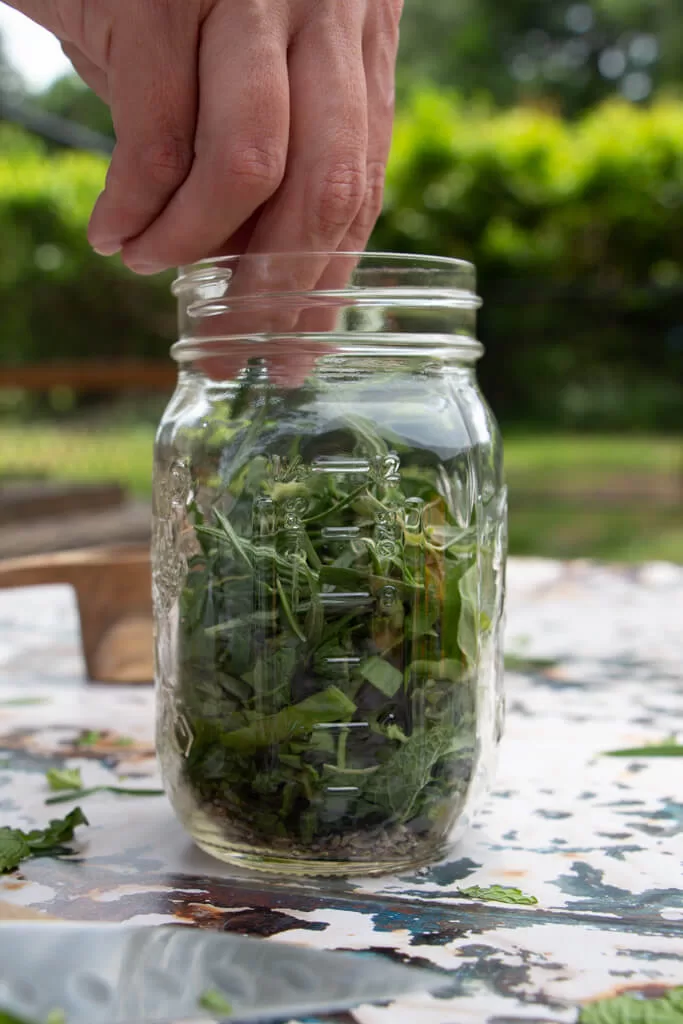
3. Top with witch hazel. Be sure to cover the herbs completely.
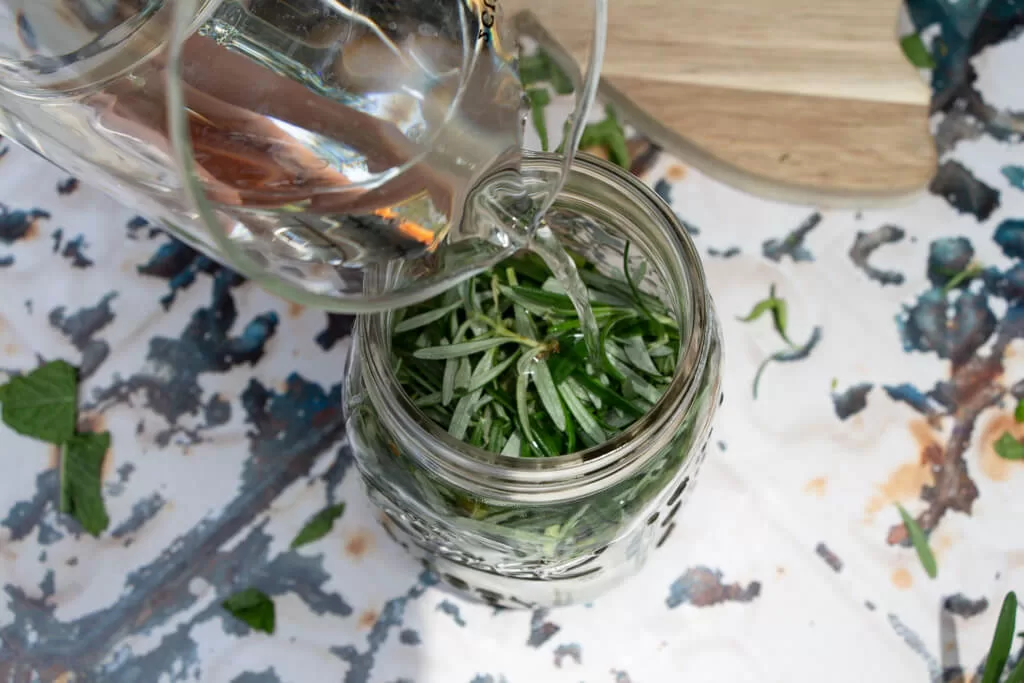
4. Stir or shake to combine.
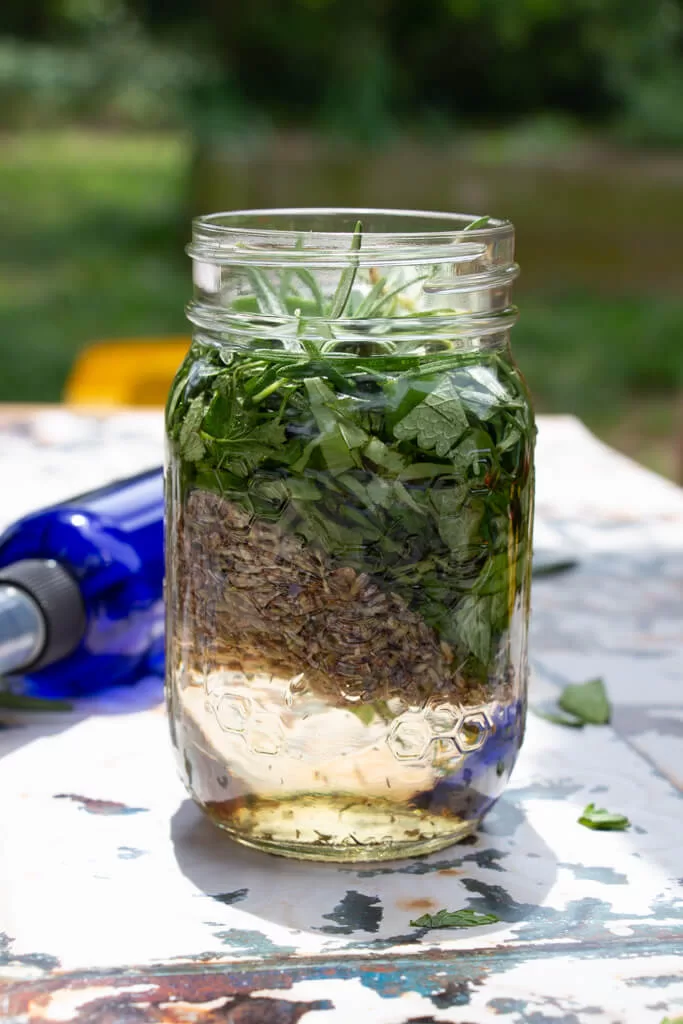
5. Seal the jar tightly and let it sit for 2-3 weeks in a cool, dark place, shaking it once or twice a day.

6. After 2-3 weeks, strain the mixture through a fine mesh strainer or cheesecloth and discard the solids.
7. Pour the mixture into a clean spray bottle and label it. Witch hazel is not very safe to ingest, so label well.

Storage and Use:
To use, give the bottle a good shake and spray onto your skin, clothes, and surroundings to repel bugs. If any irritation occurs, discontinue use.
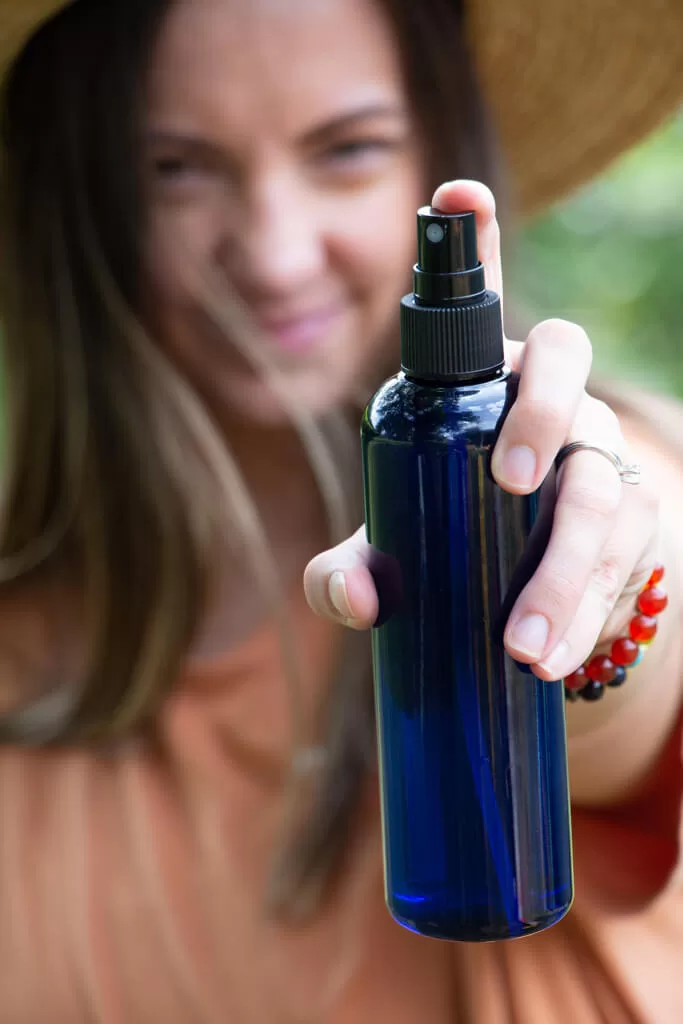
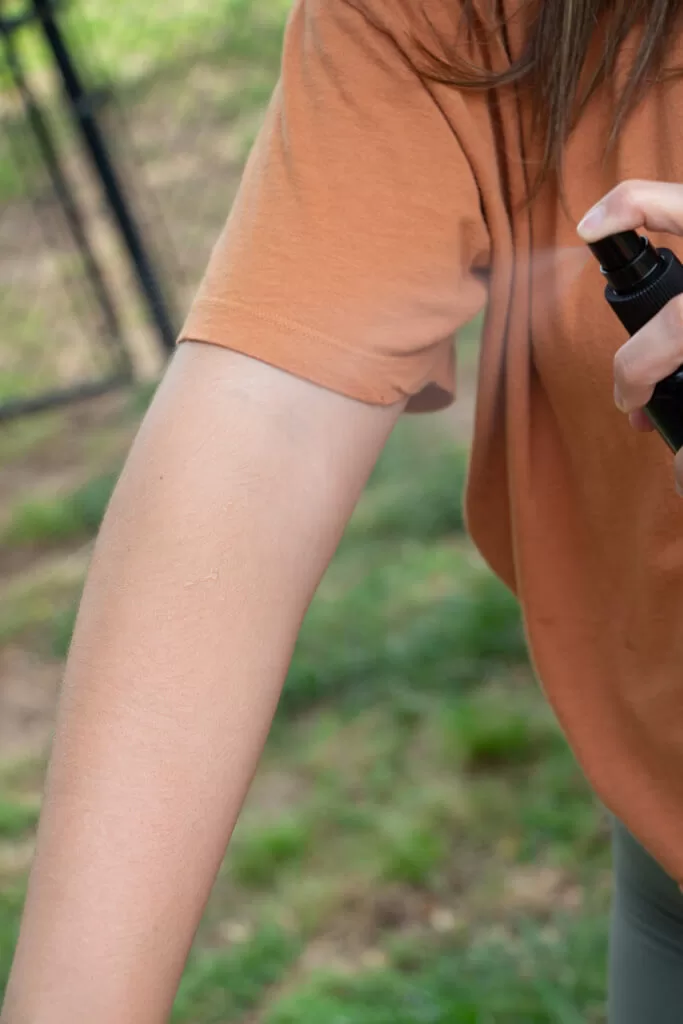
Note: Keep this spray in a cool, dark place, and it should last for up to six months.
Herbal Benefits of this Bug Spray
- Basil: Basil has strong oils that mosquitoes don’t like and has been proven effective against mosquitos. The scent of basil can help to mask the scent of humans and make it harder for mosquitoes to locate us.
- Lemon Balm: Lemon balm is a member of the mint family and has a strong lemony scent that mosquitoes don’t like. It contains a compound called citronellal which is also found in citronella, a common mosquito repellent.
- Peppermint: Peppermint has a strong, refreshing scent that can mask the scent of humans and make it harder for mosquitoes to locate us. The menthol in peppermint can also help to cool and soothe bug bites.
- Rosemary: Rosemary contains oils that have a strong scent and can help to repel mosquitoes.
- Lavender: Research has shown that lavender oil can be effective in repelling mosquitoes, but honestly, it works better when in essential oil form.
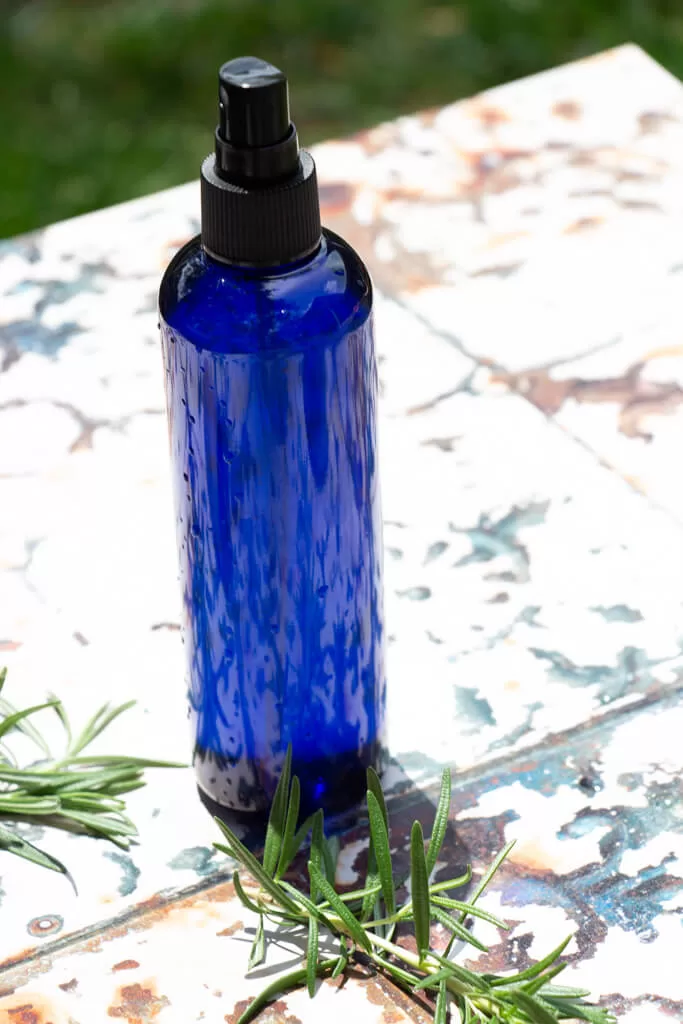
FAQ
Make this DIY Herbal Bug Spray Today!
Making your own homemade insect repellent using natural ingredients is a safe and effective way to protect yourself from pesky insects without the use of harmful chemicals. This homemade bug spray recipe we provided is an excellent option that combines several safe ingredients known for their insect-repelling properties. The good news is that all of the ingredients can be easily found at your local grocery store or even grown in your garden.
By making your own bug spray, you can have peace of mind knowing exactly what you are putting on your skin and can tailor the recipe to your personal needs. Not only is this a safer option, but it can also be more cost-effective than purchasing commercial bug sprays. So next time you venture outdoors, consider trying out this homemade bug spray recipe for a natural and effective solution to pesky insect bites.
Pin Herbal Bug Spray to Make Later
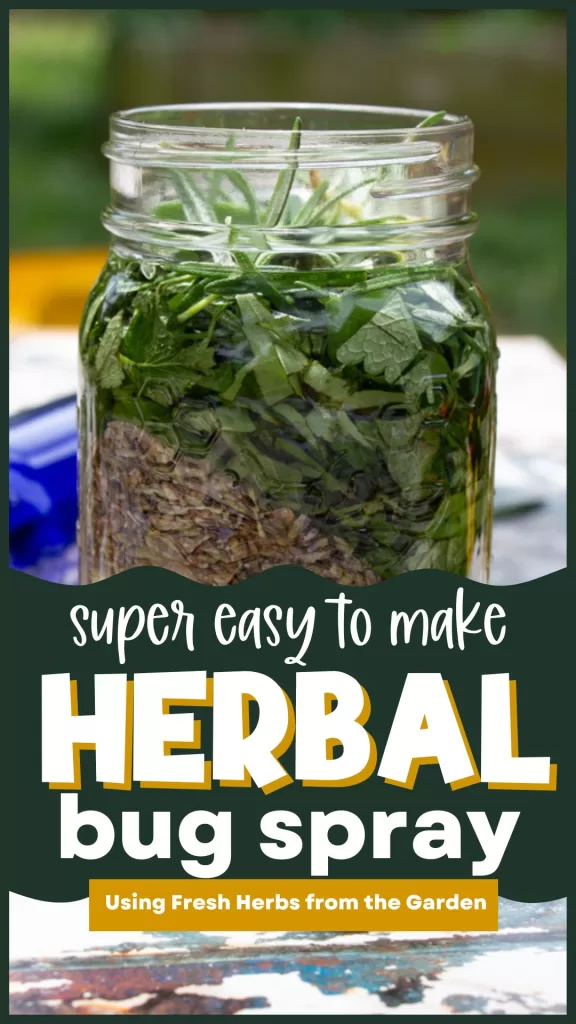
Interested in herbal DIYs? Check out the following recipes for more herbal goodness!
- -DIY Thieves cleaner without essential oils
- -Herbal Infused Lip Balm
- -Lemon Balm and Lavender Body Oil

About the Author:
I’m Brittany, totally modern and mainstream turned crunchy mama!
Read more here about how I went from a totally incompetent cook and hyper-consumer to striving to live a more meaningful life from scratch.
I can’t wait to share my modern homesteading journey with you and I hope I inspire you to join along!
Disclaimer
It’s worth noting that the U.S. Environmental Protection Agency (EPA) regulates insect repellents, and any product that claims to repel insects must be registered with the agency. However, the EPA does not regulate homemade or DIY bug sprays made with natural ingredients for personal use, as these are not considered commercial products. It’s important to keep in mind that while natural ingredients can be effective at repelling insects, they may not have undergone the same rigorous testing and evaluation as commercial bug sprays.


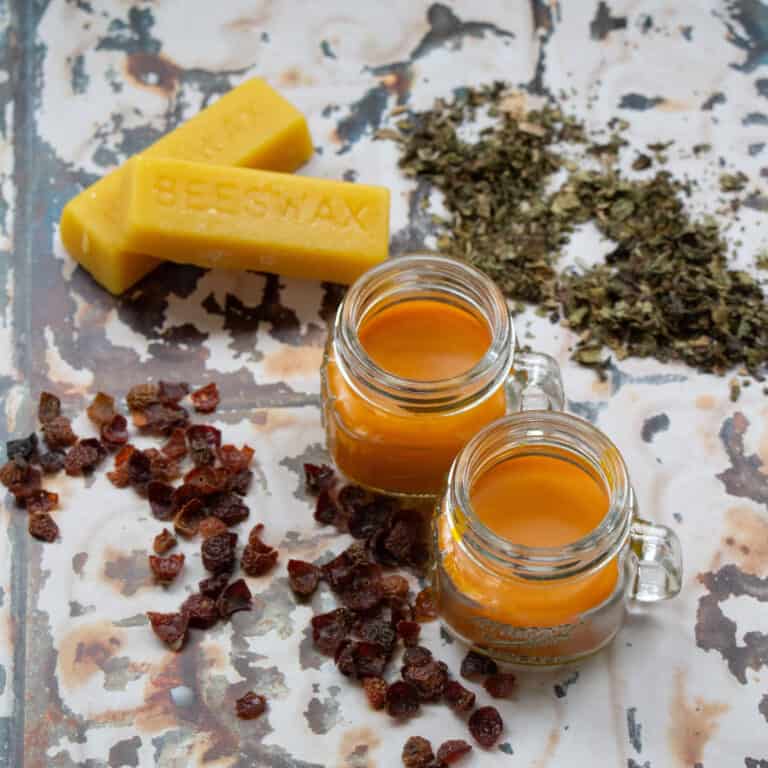
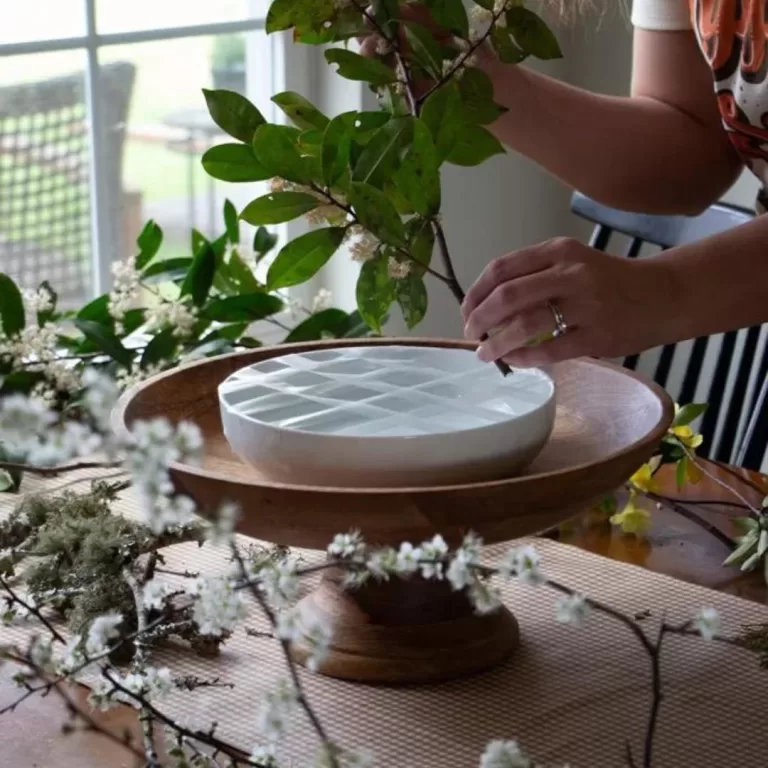
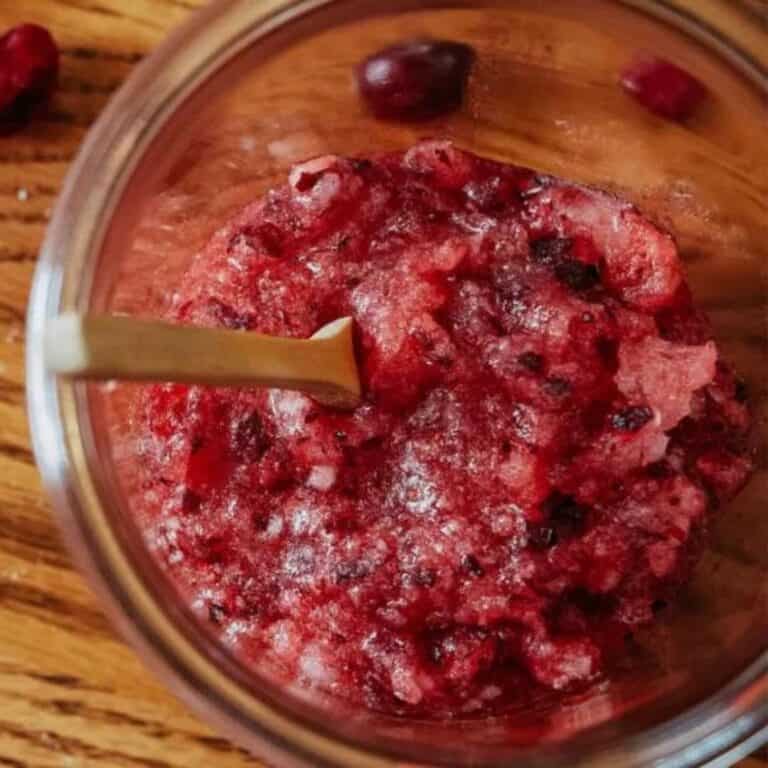
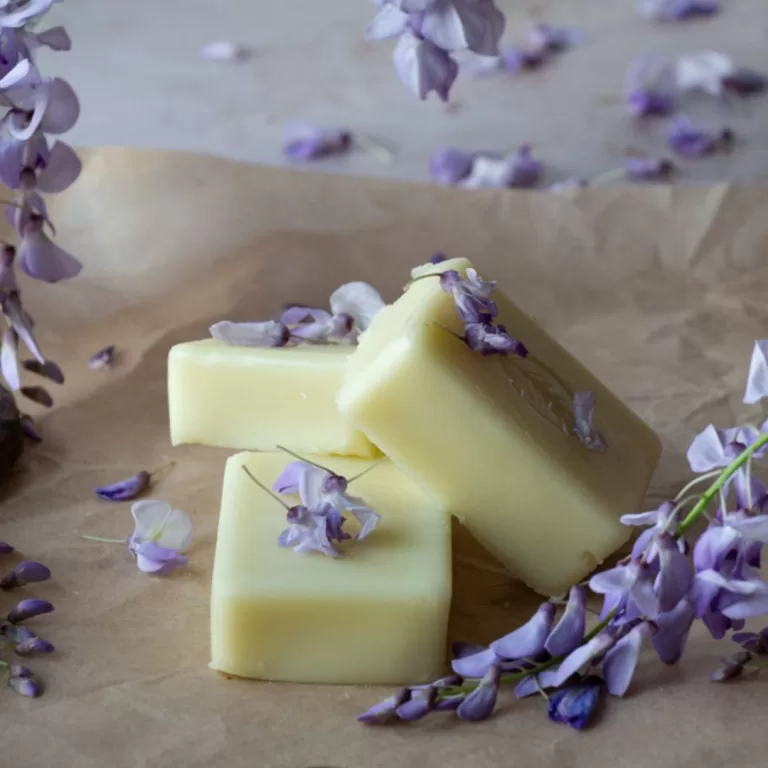

So good. I love that you are using natural herbs versus oils. Excited to try!
I hope you love it!
I am excited to try this bug repellent! I have never made my own before so this will be fun!
I hope you love it!
We’re having a terrible mosquito problem this year ???? and I try to avoid chemical bug sprays at all costs. So I can not wait to try this!!
I hope it helps!
I’m excited to try this out. You know I love all your herbal recipes! And mosquitos seem to have a particular like for my children… probably all the sugar in their blood. HA!
They are just TOO SWEET is all 🙂
Thanks for sharing this recipe! I want to stay away from essential oils for the reasons you wrote in your blog post and hate mosquitoes. So I’m sure this recipe will come in handy this summer!
Brittany – You have the best DIY stuff, just in time for summer too! Will have to make this for when my granddaughter and I go to the beach. Thanks!
Thank you so much <3<3<3
This is wonderful! My son was wondering if there is a faster way to blend the plants with the witch hazel, versus shaking/soaking for 2 weeks. Do you happen to know?